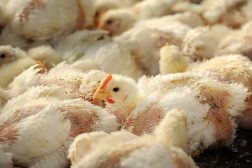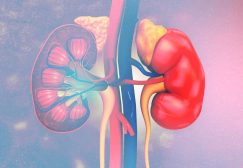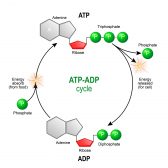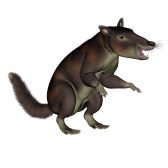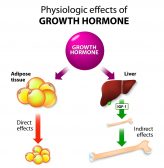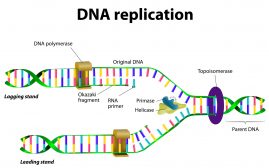Definition
noun, singular: gram-positive coccus
A group of spherical bacteria that retains the violet stain following gram staining
Supplement
Gram staining is a useful method for the rapid identification of bacterial species, especially those that are causing disease. The principle behind the gram staining makes the method an essential diagnostic procedure. In a matter of minutes, the observer will be able to determine if the bacterial species from a bacterial culture is gram-positive or gram-negative. Bacterial cells that take the violet dye are described as gram-positive.
Gram-positive bacteria share common characteristics: a thicker peptidoglycan layer that form rigid cell walls, the presence of teichoic acids and lipoids that form lipoteichoic acids, and the presence of cytoplasmic lipid membrane. They are also more susceptible to antibiotics than gram-negative bacteria are.1 They appear violet under the microscope because of their thick peptidoglycan layer. The thick layer of peptidoglycan prevents decolorization and the subsequent counterstaining in Gram’s method.
Based on the results of gram staining and on the morphology of the cells as seen through the microscope, gram-positive bacteria may be grouped as either gram-positive cocci or gram-positive bacilli. Gram-positive cocci are gram-positive bacteria that appear spherical. Examples include Streptococcus spp. and Staphylococcus spp.
See also:
Reference(s):
1 Madigan M; Martinko J (editors). (2005). Brock Biology of Microorganisms (11th ed.). Prentice Hall.

